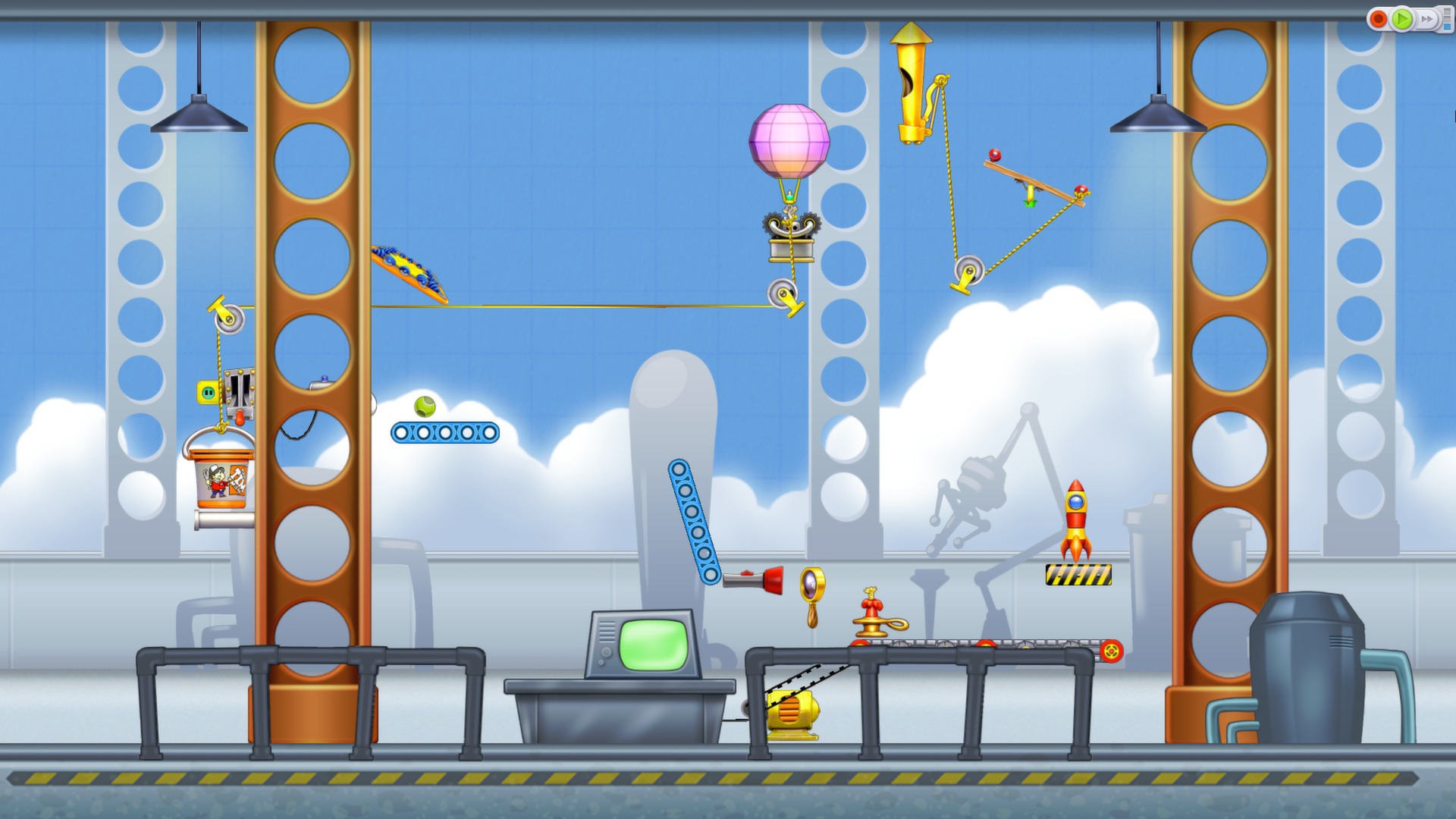

Early model sheets for the character prior to his initial appearance (in Fast and Furry-ous) identified him as "Don Coyote", a pun on Don Quixote. is heard pronouncing it with a diphthong ( / k aɪ ˈ oʊ t eɪ/ ky- OH-tay). The coyote's surname is routinely pronounced with a long "e" ( / k aɪ ˈ oʊ t iː/ ky- OH-tee), but in one cartoon short, To Hare Is Human, Wile E. is a pun of the word "wily." The "E" stands for "Ethelbert" in one issue of a Looney Tunes comic book. Jones modelled the coyote's appearance on fellow animator Ken Harris. Coyote-Road Runner cartoons as a parody of traditional " cat and mouse" cartoons such as MGM's Tom and Jerry. He is always hungry." Jones said he created the Wile E.

Jones based the coyote on Mark Twain's book Roughing It, in which Twain described the coyote as "a long, slim, sick and sorry-looking skeleton" that is "a living, breathing allegory of Want. Coyote in its 2013 list of "The 60 Nastiest Villains of All Time".

īy 2014, 49 cartoons had been made featuring the characters (including the four CGI shorts), the majority by creator Chuck Jones. The Road Runner vocalizes only with his signature " beep, beep" sound, recorded by Paul Julian and an accompanying "popping-cork" tongue sound.
Ajax failed contraption maker zip#
Coyote additionally speaks in the 1965 short Zip Zip Hooray!, where he explains his desire to eat the Road Runner. Coyote – Road Runner shorts, he speaks with a refined accent in these solo outings (except for Hare-Breadth Hurry), beginning with 1952's Operation: Rabbit, introducing himself as "Wile E. While he is generally silent in the Wile E. The coyote appears separately as an occasional antagonist of Bugs Bunny in five shorts from 1952 to 1963: Operation: Rabbit, To Hare Is Human, Rabbit's Feat, Compressed Hare, and Hare-Breadth Hurry. Originally meant to parody chase-cartoon characters like Tom and Jerry, they became popular in their own right.
Ajax failed contraption maker series#
The characters star in a long-running series of theatrical cartoon shorts (the first 16 of which were written by Maltese) and occasional made-for-television cartoons. in 1948 by animation director Chuck Jones and writer Michael Maltese, with Maltese also setting the template for their adventures. The characters were created for Warner Bros. The coyote is notably a brilliant artist, capable of quickly painting incredibly lifelike renderings of such things as tunnels and roadside scenes, in further (and equally futile) attempts to deceive the bird. The rest of the scene, shot from a bird's-eye view, shows him falling into a canyon so deep that his figure is eventually lost to sight, with only a small puff of dust indicating his impact. Another involves him falling from high cliffs, after momentarily being suspended in midair-as if the fall is delayed until he realizes that there is nothing below him. One running gag involves the coyote trying, in vain, to shield himself with a little parasol against a great falling boulder that is about to crush him. Many of the items for these contrivances are mail-ordered from a variety of companies implied to be part of the Acme Corporation. Instead of his animal instincts, the coyote uses absurdly complex contraptions (generally in the manner of Rube Goldberg) to try to catch his prey, which comically backfire, with the coyote often getting injured in slapstick fashion.

In each episode, the cunning, devious and constantly hungry coyote repeatedly attempts to catch and subsequently eat the Road Runner, but is successful in catching the Road Runner (but not eating him) on only extremely rare occasions. Coyote and the Road Runner are a duo of cartoon characters from the Looney Tunes and Merrie Melodies series of animated cartoons, first appearing in 1949 in the theatrical cartoon short Fast and Furry-ous. Paul Julian (1949–1994, 1996–present vocal archives only) The duo as seen in To Beep or Not to Beep (1963)įast and Furry-ous (September 17, 1949 73 years ago ( ))


 0 kommentar(er)
0 kommentar(er)
